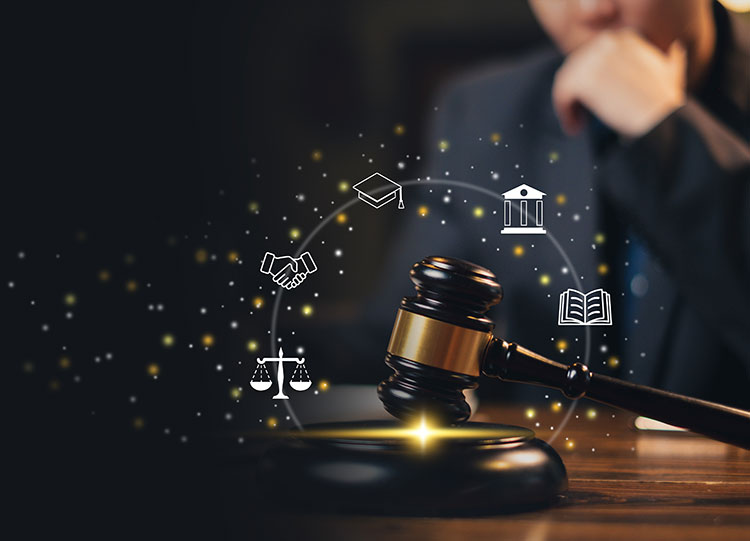Courtroom Illustration in Modern Legal Practice
Courtroom Illustration in Modern Legal Practice
Blog Article

As courtroom communication evolves, visuals have become central. Legal teams increasingly use illustration to explain events, scenes, and processes. Companies like LawFX are at the forefront of this visual legal revolution.
Legal Illustration: Explained
Unlike media sketches, these visuals aim to explain—not just depict—key scenes or events from a case. They may include accident reconstructions, injury depictions, or medical procedure visuals. Every image they produce is both court-admissible and strategically impactful.
Visual Strategy by LawFX
Their illustrations are custom-built after consulting with lawyers, witnesses, and experts. Whether for trial, mediation, or depositions, their visuals enhance legal messaging across the board.
Why Use Courtroom Illustrations?
Jurors often retain images far better than spoken copyright. Visuals simplify the technical, making abstract or complex topics accessible to everyone. This improves juror retention and creates stronger emotional impact during trial.
Illustrations vs. Trial Graphics
Trial graphics often include text, timelines, or bullet-point summaries. Illustrations, by contrast, depict scenes or injuries to tell a visual story.
Practice Areas That Rely on Courtroom Visuals
Attorneys in fields like personal injury, product liability, and malpractice use visuals to explain their case. The versatility of these visuals makes them valuable across all phases of litigation.
Where Trial Illustrations Make a Difference
Jurors can see what happened instead of just hearing it. Medical cases especially require diagrams of anatomy, procedures, or diagnostic errors.
From Concept to Courtroom: LawFX’s Workflow
Next, they collect evidence, photos, expert reports, and medical records. Revisions are made until a final court-ready visual is produced. This collaborative method ensures that every visual is effective, precise, and courtroom-approved.
Improving Jury Comprehension with Art
Illustrations bridge the knowledge gap and reduce confusion. Visual storytelling keeps jurors focused and makes complicated testimony easier to follow.
Admissibility of Legal Visuals
Every LawFX visual meets courtroom standards for fairness and accuracy. Avoiding exaggeration or misleading design ensures their work withstands scrutiny and contributes to trial success.
Visual Aids for Negotiation
They show the strength of a case in ways that copyright cannot. LawFX illustrations make it easier for both sides to understand what’s at stake.
Courtroom Illustration FAQ
What visuals do you create? Courtroom illustrations, trial graphics, 3D models, and custom trial illustrations digital presentations.
Are they admissible? Yes—they meet evidentiary standards and are reviewed with experts.
What’s the difference between illustrations and trial graphics? Graphics show data; illustrations show events or scenes.
Where can they be used? In court, settlement, depositions, and mediation.
How long does it take? Simple visuals take days, complex ones may take 1–2 weeks.
Visuals as Legal Strategy
They’re no longer optional—they’re essential. LawFX stands out by combining artistic talent with legal understanding.
Report this page